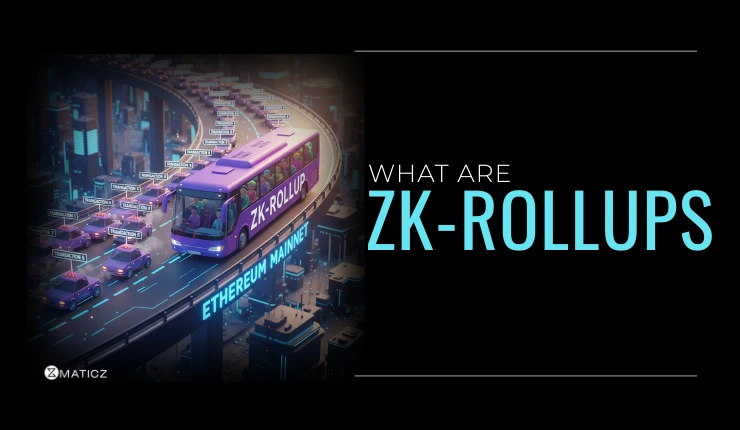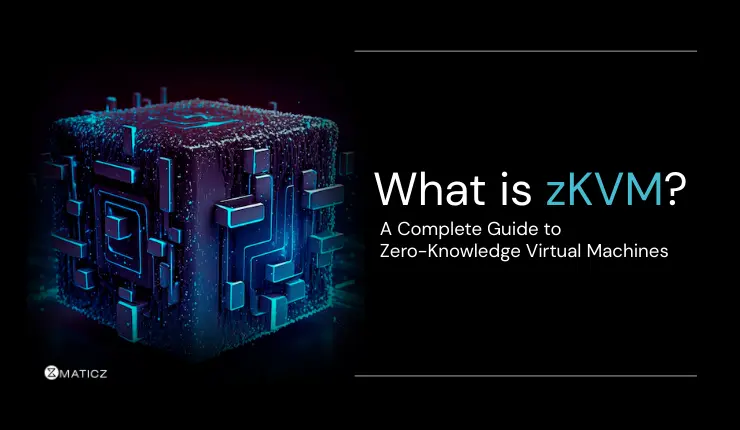Share Posts

How Does a Hash Help Secure Blockchain Technology?
70
4491
103
Have you ever wondered how blockchain technology works so securely? Well, one of its essential components is hashing, which plays a significant role in ensuring its security. A hash is like a digital signature that identifies a block of data in the blockchain. It is created using advanced math formulas that turn the data into a unique sequence of letters and numbers. Once a block of data is hashed, it's practically impossible to reverse-engineer the original data from the hash. This makes it super difficult for anyone to tamper with the data on the blockchain without getting caught.
Every block on the blockchain contains a hash of the previous block, creating a chain of linked blocks that are secured by the hashes. This means that any attempt to modify a block on the chain would require the modification of every subsequent block in the chain, which is computationally impractical and highly unlikely to go undetected.
Hashing in Blockchain
Hashing is crucial for maintaining the integrity of transactions on public and private blockchains. It ensures that data is secure and unalterable, which helps protect against unauthorized changes. Hashes are used in various parts of a blockchain system, with each block header containing the previous block's hash to ensure the integrity of the data as new blocks are added.
By using hashing, blockchain technology can guarantee the security and immutability of transactions, making it a highly robust and trustworthy system. Let's delve into the fundamental ways in which hash functions contribute to the security of blockchain.
1. Data Integrity
Hash functions are cryptographic algorithms that take an input (or message) and produce a fixed-size string of characters, which is the hash value or digest. In blockchain, every block contains a hash of the previous block. This creates a chain of blocks, and any alteration to the data in a block would necessitate changing the hash of that block and all subsequent blocks. This interdependence ensures the integrity of the entire chain.
2. Immutability
Once a block is added to the blockchain, changing any information within it becomes practically impossible without altering all subsequent blocks. This is because the hash of each block is a unique representation of its data. The computational effort required to change the hash of a block and all linked blocks makes the blockchain resistant to tampering, providing a robust layer of security.
3. Tamper Resistance
A good hash function should be tamper-resistant, meaning it is highly improbable for two different inputs to produce the same hash value. In the context of blockchain, this ensures that each block has a unique identifier. If collisions were common, it could lead to potential vulnerabilities where different sets of data produce the same hash, compromising the integrity of the blockchain.
4. Consensus Protocols
Blockchain networks often rely on consensus mechanisms, such as Proof of Work (PoW) or Proof of Stake (PoS), to validate and add new blocks to the chain. Hash functions are a crucial component in these mechanisms. For instance, in PoW, miners compete to find a hash value that satisfies certain criteria. This computational puzzle not only adds new blocks but also ensures the security and decentralization of the network.
5. Private keys and Digital Signatures
Hash functions are extensively used in public key cryptography within blockchain. Digital signatures and public keys are generated through hash functions, providing a secure way for participants to transact and verify ownership of assets. This cryptographic approach adds an extra layer of protection against unauthorized access and fraud.
Are you looking for a well-established team of blockchain developers to initiate your blockchain project? Then look no further than Maticz. Maticz is an industry-leading blockchain development company known for offering diverse blockchain services and solutions on a global scale. Reach out to us and take your business a step ahead.
Related Article: What is Blockchain and How it Works? | Benefits of Blockchain
Tap Into the Future
The latest insights, posts, and project updates - straight to your inbox.




